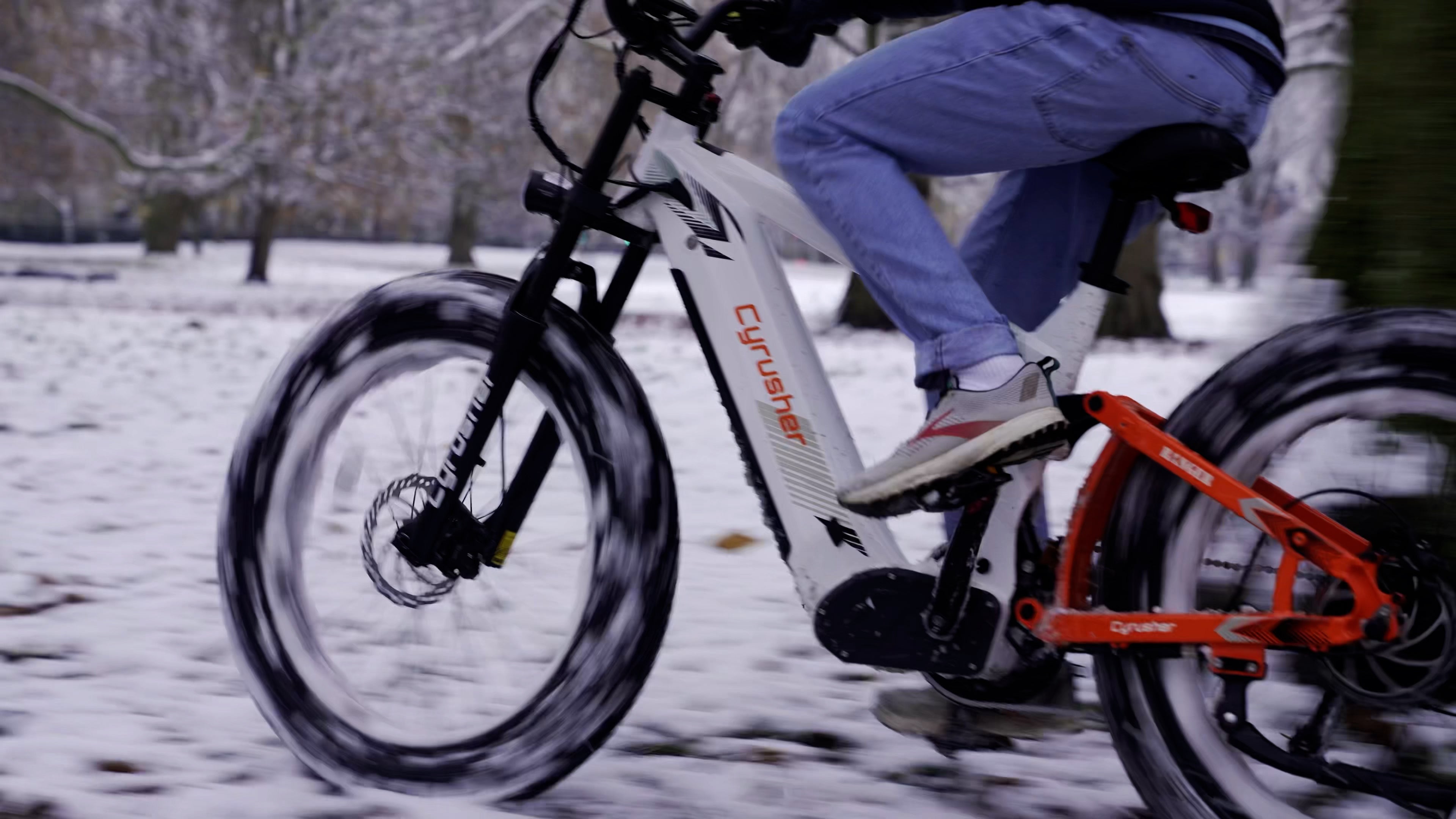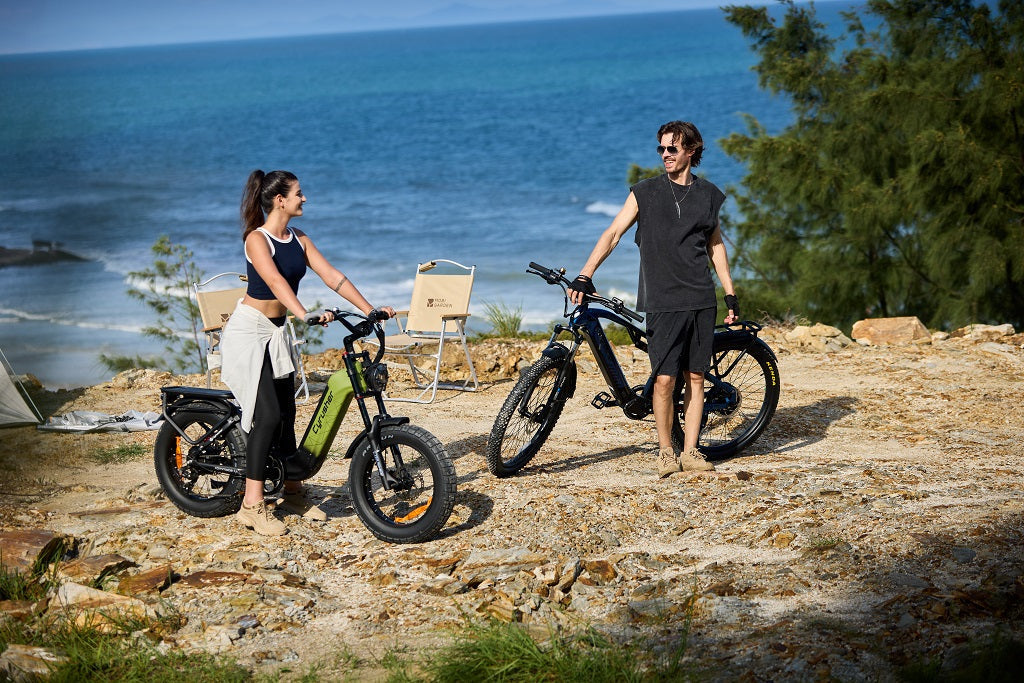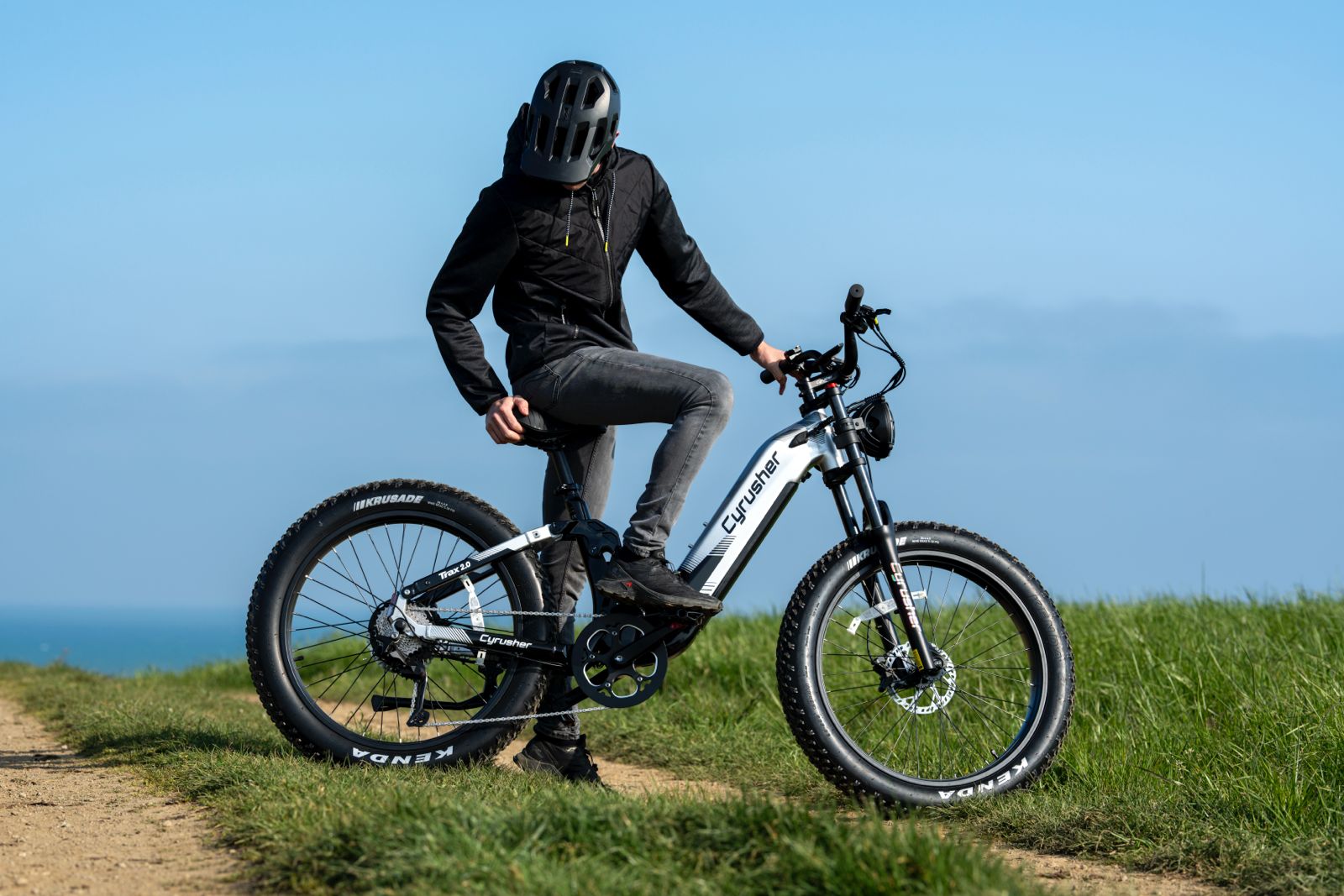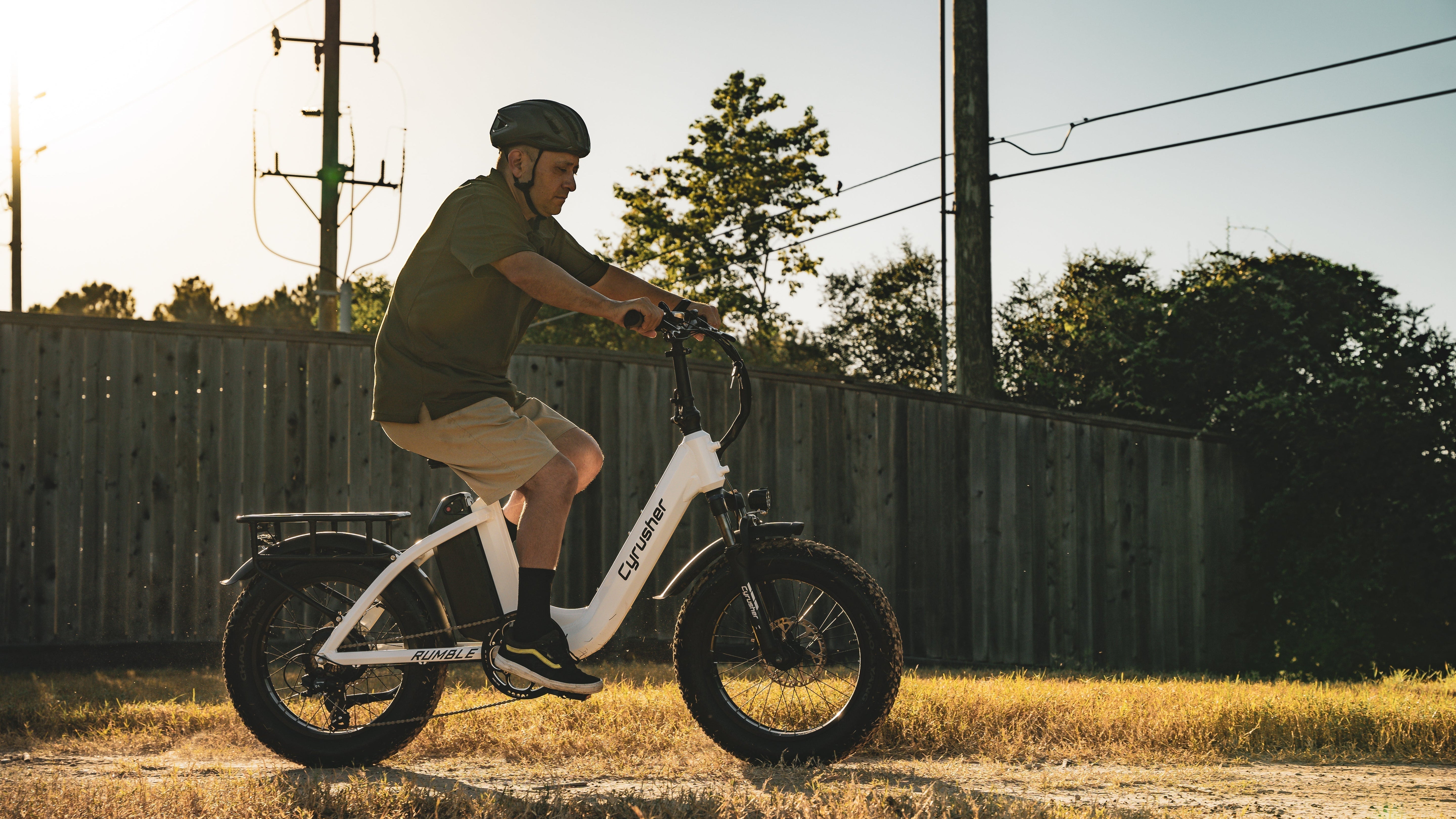As temperatures drop, the frequency of outdoor activities also decreases. While e-bikes have enough strength and power to ride in the snow, riders are often limited by the cold weather, leading to a significant drop in how often they ride in the winter. And, it’s important to remember that proper storage and maintenance of e-bike batteries during the winter months can ensure riders are able to start their spring rides seamlessly. This article will offer advice on caring for and storing your e-bike in winter for optimal battery performance.
Understanding E-bike Batteries
Before exploring the steps to store an e-bike battery properly, it's essential to grasp the basic characteristics of the battery. The predominant battery types in the e-bike industry are lithium-ion and lithium-polymer. Lithium-ion batteries stand out for their capacity to store a substantial amount of energy in a compact size. They can undergo multiple recharge cycles, making them economically viable and the preferred energy storage method for a variety of electronic devices.
Cyrusher e-bikes feature batteries from reputable brands such as Samsung and LG, providing up to 800 cycles and offering a favorable price-to-performance ratio for your investment. Additionally, all batteries are IP65 waterproof. This ensures that Cyrusher e-bikes support hassle-free outdoor riding in rain or snow, allowing year-round cycling.

Working principles and winter considerations for e-bike batteries
The fundamental operation of an e-bike involves utilizing electrical energy stored in the lithium battery to drive the motor. However, various factors such as the characteristics of a lithium battery, external temperature, charging habits and overall maintenance practices impact the battery's performance and lifespan.
During winter, cold ambient temperatures can slow down the movement of free ions inside the lithium battery, resulting in reduced discharge capacity. In addition, lithium ions experience constrained movement in colder temperatures, preventing the battery from reaching a full charge during the charging process. Consequently, riders may notice a decrease in battery life during winter compared to the more favorable conditions of spring and summer.
Preparing to store your e-bike
Before putting your e-bike into storage, it's crucial to perform a thorough cleaning and inspection to prevent irreversible damage caused by residual substances oxidizing the vehicle components. Specifically, focus on cleaning and maintaining areas prone to road impurities, such as the chain, and lubricate properly. Check for any broken components and address them in advance to avoid uncertainties and potential dangers during long-term storage. For instance, repairing a damaged tire can prevent abnormal tire pressure, preserving tire performance and overall safety.
E-bike Winter Battery Maintenance and Storage Guide
Battery storage environment
E-bike lithium batteries are sensitive to external temperatures, making it crucial to avoid storing them in extremely cold or hot locations. Exceptionally cold conditions can significantly impair battery performance, leading to reduced storage capacity and impacting the riding range. Since e-bikes typically have removable batteries, it's advisable to take the batteries out and store them separately from the bike to prevent potential damage to the frame.
For optimal storage, batteries should be kept in a dry environment at a regular room temperature (55-75 degrees Fahrenheit). Make sure they are kept away from heat sources, and protected from humidity and other unfavorable conditions. This helps maintain the battery's health during the storage period.
Battery storage tips
- Regular monitoring: Keep a close eye on the battery level, especially if the battery isn’t going to be used for an extended period. Charge the battery regularly and set calendar reminders to maintain it within the optimal range of 40%-60%. This helps prevent excessive loss of battery power and ensures that it remains functional during storage.
- Use original charger: Always use the original charger for charging. Avoid using other chargers as the current input may be unstable, potentially damaging battery performance.
- Protect from elements: Avoid exposing the battery to humidity and direct sunlight. Both can have irreversible effects on battery performance. Storing the battery in a cool dry place away from direct sunlight helps maintain its overall health.
Additional tips for protecting your e-bike
In addition to battery-specific tips, here are some general suggestions to protect your entire e-bike from freezing:
- Storage location: Store your e-bike in a cool dry place, preferably indoors or in a covered area like a carport. This prevents components from oxidizing due to humid conditions.
- Cold weather protection: When the outside temperature is cold, shield electronic components from the chilly weather. Consider using covers or protective layers to prevent exposure to extreme cold conditions. This extra layer of protection helps maintain the overall well-being of your e-bike in freezing weather.
Battery maintenance tips for winter riding
- If you plan to ride your e-bike in cold weather, keep the battery warm beforehand by storing it in a room with a normal temperature. Install the battery when you’re ready to ride to ensure better battery life.
- Consider carrying spare batteries when riding in winter. Cold temperatures can reduce battery efficiency, and having backups can enhance your riding experience by alternating between them for improved efficiency.
- Maintain a stable riding speed when outdoors to avoid frequent gear changes, preventing excessive battery discharge and preserving its overall lifespan.
- After a cold ride, let the battery warm up to room temperature before charging. This practice not only safeguards battery performance but also reduces charging time.
- Winter brings rain and snow, so clean your e-bike more frequently to prevent oxidation and maintain its optimal condition during regular outdoor rides.

The fat tire design of the Cyrusher e-bike is ideal for complex environments, especially in winter with snow. This design allows riders to venture out in the colder seasons without hindrance. When riding, the continuous discharge of the battery generates heat, providing protection to the lithium battery against the harsh effects of extreme weather. By following these maintenance recommendations, cyclists can enjoy year-round riding, making the e-bike an ideal mobility tool.
Indeed, it's important to prioritize safety. Riding in excessively cold weather can expose you to risks like frostbite due to the icy wind. Always consider the weather conditions and personal safety before heading out on your e-bike in extreme cold.
Conclusion
By adhering to the winter storage tips for your e-bike battery, you can guarantee that your e-bike is primed and ready for the road when spring arrives. Proper storage and maintenance not only prolong the life of your battery but also contributes to a smoother and more enjoyable riding experience in the upcoming seasons.










Share:
Which is Better: Fat Tyre vs. Thin Tyre
Step-through Electric Bike Comparison: Cyrusher Kommoda vs Himiway Big Dog